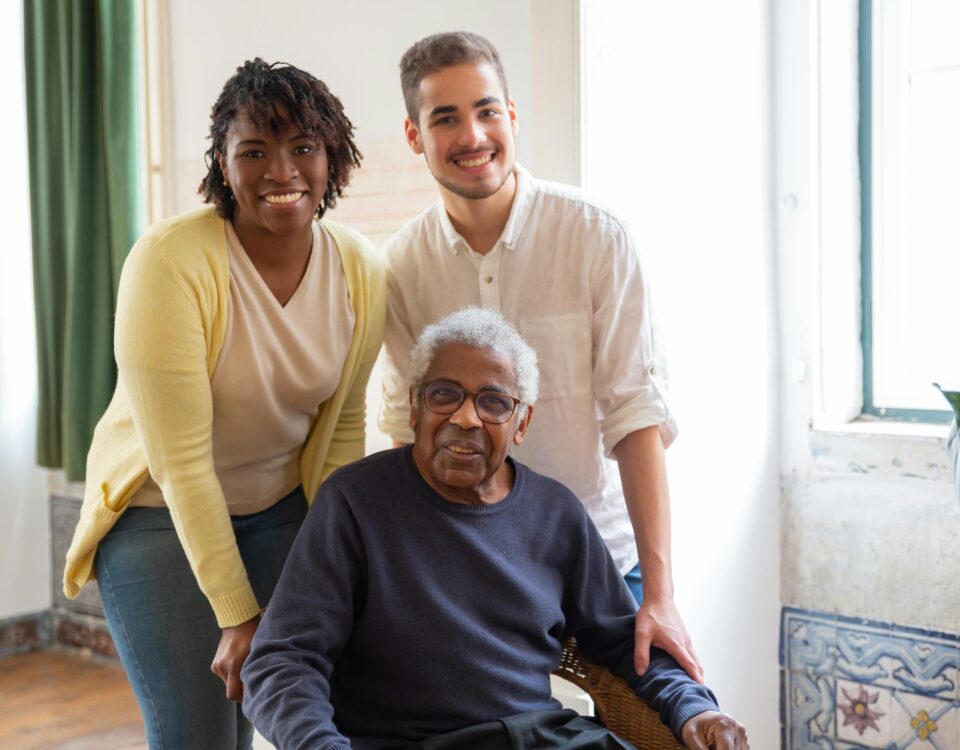Watch for These Signs of Diabetes

Is Your Senior Giving You Clues that She’s Losing Her Hearing?
November 19, 2018
Could Social Media Be Making Seniors Vulnerable to Scams?
December 3, 2018Watch for These Signs of Diabetes
Nearly 10 percent of people in the United States are affected by diabetes. Its prevalence combined with potential complications make it a disease for which everyone should know the symptoms. And, because the risk for developing diabetes increases with age, it’s especially important that family caregivers to older adults know how to spot the signs.
Below are some things that may indicate your aging relative has diabetes.

Home Health Care West Hills CA – Watch for These Signs of Diabetes
Increased Thirst and Urination
One of the jobs the kidneys do is to filter sugar from the blood. When blood sugar levels are high, the kidneys have to work even harder than usual. When the kidneys can’t keep up, sugar is removed from the body with urine. When sugar is eliminated in this manner, it brings fluids from tissues with it, which makes the person urinate more often. It also makes them feel thirsty. And, the more they drink to replenish fluids lost from tissues, the more often they feel the need to urinate.
Persistent Hunger
Sugar is necessary to feed cells. However, when there isn’t enough insulin available or if the body can’t use insulin properly, the cells may be unable to absorb sugar. As a result, someone who is diabetic may feel hungry even when they have eaten.
Weight Loss
The sugar lost through urination also means the body is losing calories. This in addition to the body being unable to take sugar into cells can cause the older adult to lose weight quickly without trying.
Feeling Tired
Cells not getting enough energy from sugar can cause fatigue. Urinating often may also cause dehydration, which also contributes to fatigue.
Discolored Skin
Some people develop dark patches of skin due to diabetes. These dark patches, called acanthosis nigricans, usually occur in skin folds. Common locations are the neck, groin, and armpits.
Blurry Vision
One of the places high blood sugar may draw excess fluids from are the lenses in the eyes. This can cause the older adult to have blurry vision. Diabetes can also damage the retina and lead to vision loss or even blindness.
If your aging relative has diabetes, home health care can help them to manage the disease better. Home health care providers can cook healthy meals that help to stabilize blood sugar levels and keep them from getting too high. Home health care providers can also remind the older adult when it is time to check their blood sugar and take medications. Home health care aides can also ensure your family member has the diabetic testing supplies and medicines they need by helping them to refill prescriptions and driving them to the pharmacy to pick them up.
Sources: https://www.webmd.com/diabetes/guide/understanding-diabetes-symptoms#1
https://www.mayoclinic.org/diseases-conditions/diabetes/in-depth/diabetes-symptoms/art-20044248
https://www.healthline.com/health/diabetes/early-warning-signs-type-2-diabetes
https://www.cdc.gov/diabetes/basics/risk-factors.html

